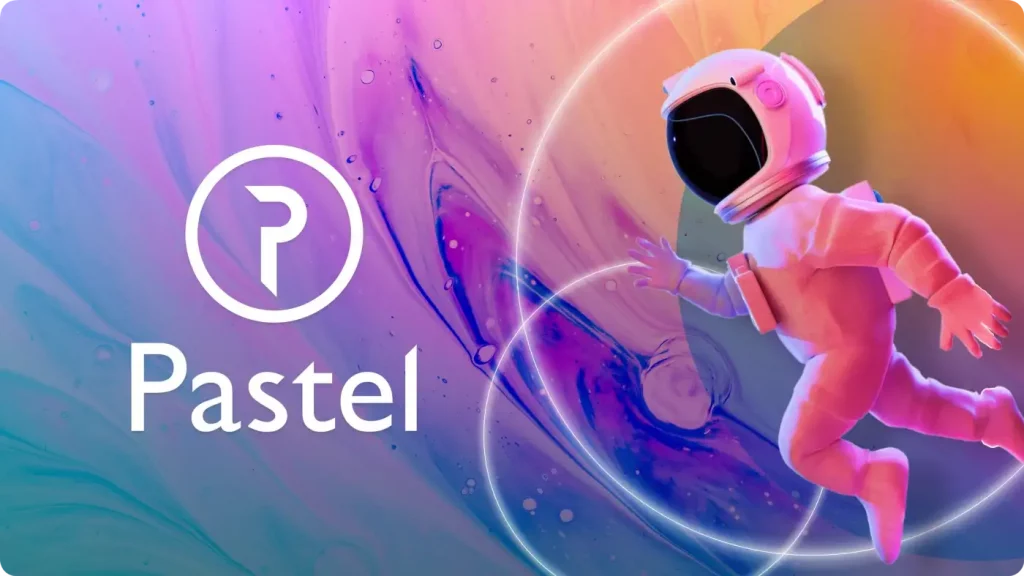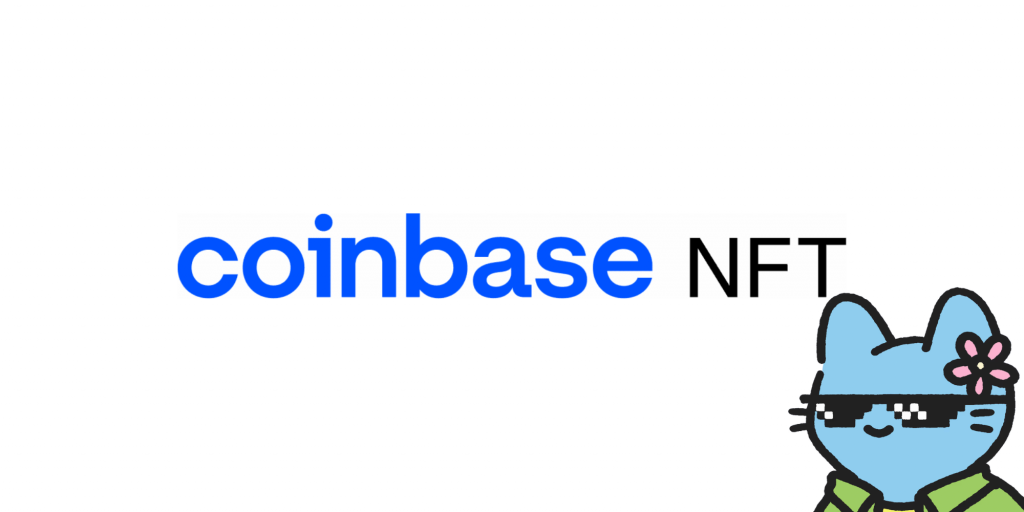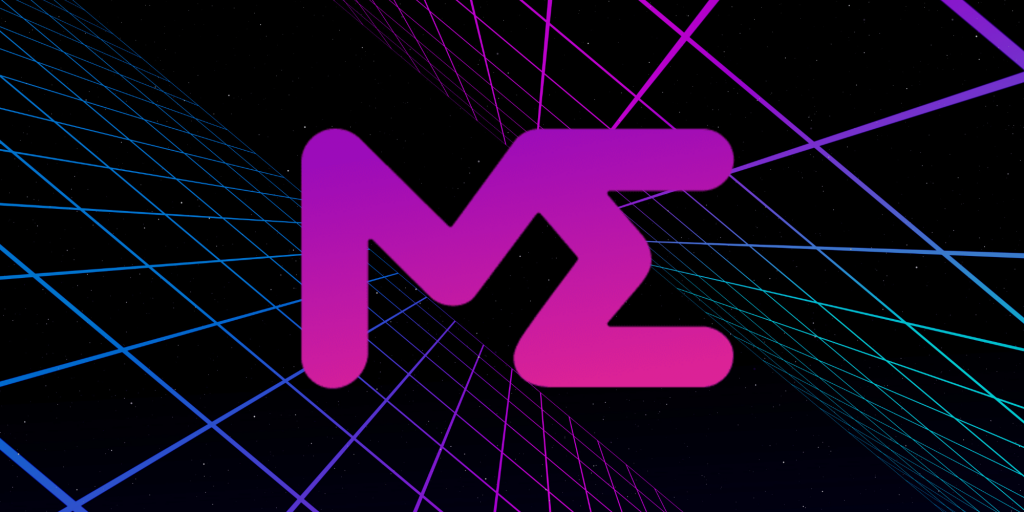Non-fungible tokens (NFTs) are digital or physical assets recorded on the blockchain. They can be sent from one individual to another, used in video games, or held in cryptocurrency wallets as an asset.Â
On-chain NFTs refer to tokens written solely on the blockchain, with all metadata and smart contracts being stored on-chain. On the other hand, off-chain NFTs store their smart contracts on the blockchain, though their media is stored off-chain.
Both methods have their pros and cons, though on-chain NFTs are the trending option in the industry.
This guide will explain both on-chain and off-chain NFTs, their pros and cons, and how you can distinguish between them online.
What Are On-Chain NFTs?
On-chain NFTs are both written and stored on the blockchain. Their information is written on the mainnet (the primary public Ethereum production blockchain), then stored on the blockchain. It includes data such as the hashtag of the generated NFT, metadata, and smart contracts.
Smart contracts are self-executing programs that react when certain criteria have been met- for example, a certain payment has been made. They’re native to the Ethereum blockchain and can be used to generate on-chain NFTs.
Metadata refers to the core information of a particular NFT. This includes its unique traits, the NFT description, and where it’s stored. All metadata is stored on-chain with the NFT.
What Are Off-Chain NFTs?
Off-chain NFTs host their smart contracts on the blockchain, but their media is off-chain. Instead, the data is stored on cloud servers such as Dropbox, Google Drive, or IPFS (interplanetary file system) nodes.
IPFS is a web data protocol designed to solve the problems of Hypertext Transfer Protocol (HTTP) and File Transfer Protocol (FTP), both of which are the foundation of the internet. When searching for an HTTP or FTP system, we search for its location. We then connect to this to access the file for viewing or downloading.
However, if the server goes down or the cloud is no longer operating, the link will break, and access to the file will be removed. IPFS is looking for ways to fix this by hosting such files across several nodes, meaning it no longer relies on a single server.
Some off-chain NFT projects run their own IPFS nodes, whereas others use commercial IPFS nodes such as NFT Storage or Pinata. Storing NFTs off-chain can reduce gas fees during transactions; however, only the smart contract data is used whenever a transaction occurs, and not the data for the NFT media as its off-chain.
This creates several problems, which we’ll go into below.
One of these problems, however, is somewhat resolved by IPFS. With any centralized server or storage, the owner can shut down the storage anytime, meaning investors lose their NFTs. IPFS overcomes this by distributing the NFT data across several servers. If one storage location fails, it will be backed up to another.
Pros & Cons of On-Chain NFTs
Pros
Reliable Storage
With on-chain NFTs, your metadata, smart contract, and NFT are all stored on the blockchain. This means you don’t need to rely on third-party or external systems for your NFT to exist. As long as the blockchain is functioning as it should, your NFT collection will always be available.
Greater Liquidity
NFTs on the blockchain are also technically more valuable. All on-chain tokens meet Ethereum network requirements and therefore have greater liquidity. They can be transferred easily, which makes investing in them a better option for traders looking to profit from NFT collections.
Cons
Complex For New Investors
Even though being on the blockchain is a benefit, it can also be a little complex for investors without experience in the blockchain market. Complex terminology may turn away many new investors, significantly slowing widespread adoption.
Pros & Cons of Off-Chain NFTs
Pros
No Need For Blockchain Experience
Investors who want to buy off-chain NFTs don’t need much blockchain experience. They can bid for NFTs with fiat currency, avoiding gas fees and complex crypto bidding systems. On off-chain platforms, investors don’t need a crypto wallet for their NFTs. For example, Top Shot investors leave their Moments in a custodial wallet managed by Top Shot.
No Gas Fees
Every NFT investor knows the pain of gas fees. They fluctuate dramatically daily, with some transactions costing over $100 in fees alone. Off-chain NFT transactions remove these fees, making it cheaper to buy and own NFTs.
Cons
Security
As off-chain NFTs store their data offline, smart contracts are only used to link individuals to the storage location of their NFTs. If there’s ever a problem with the off-chain network, the link itself will be useless, and the NFT will no longer be available.
IPFS Flaws
IPFS helps to overcome some security problems with off-chain NFTs; however, the NFT creator still has the power to delete the NFT file. By doing this, they break the link between the file and the blockchain. This means the NFT still exists on the blockchain; however, owners won’t have access to it. It’s similar to owning a jar of air. You own it, but it technically doesn’t exist.
How do I see if an NFT is Off-Chain?
To check if an NFT is on-chain or off-chain, you’ll need access to MetaMask, OpenSea, and Etherscan.Â
For MetaMask, open your wallet and click on “NFTs”. If you don’t see this option, check out how to toggle NFT visibility on MetaMask. Select the NFT you want to review and click the link opposite “Asset Contract.” You’ll automatically be taken to Etherscan.
For OpenSea, open the webpage for the NFT you want to review and click on the “Details” section. This will take you to Etherscan.
Once you’ve opened Etherscan, head to the “Contract” tab below the “Contract Overview” box.
Click “Read Contract” from here and scroll to “tokenURI.” This will create a dropdown box where you can enter the token ID. This can be found in the name of your NFT.
If a link appears, the artwork is stored off-chain.
Final Thoughts: Which NFT Option Is Better?
Both on-chain and off-chain NFTs have several pros and cons, and the better option will depend on your personal preferences.
While on-chain NFTs are the easier option for storage and trading, understanding blockchain technology is required to get started.
On the other hand, off-chain NFTs are easier for new investors, though they lack the security of their on-chain alternatives.
If on-chain NFTs can appeal to new investors and reduce the fees associated with trading, they may become the more popular option in the future. However, personal preference and research should always guide your investment decisions.









